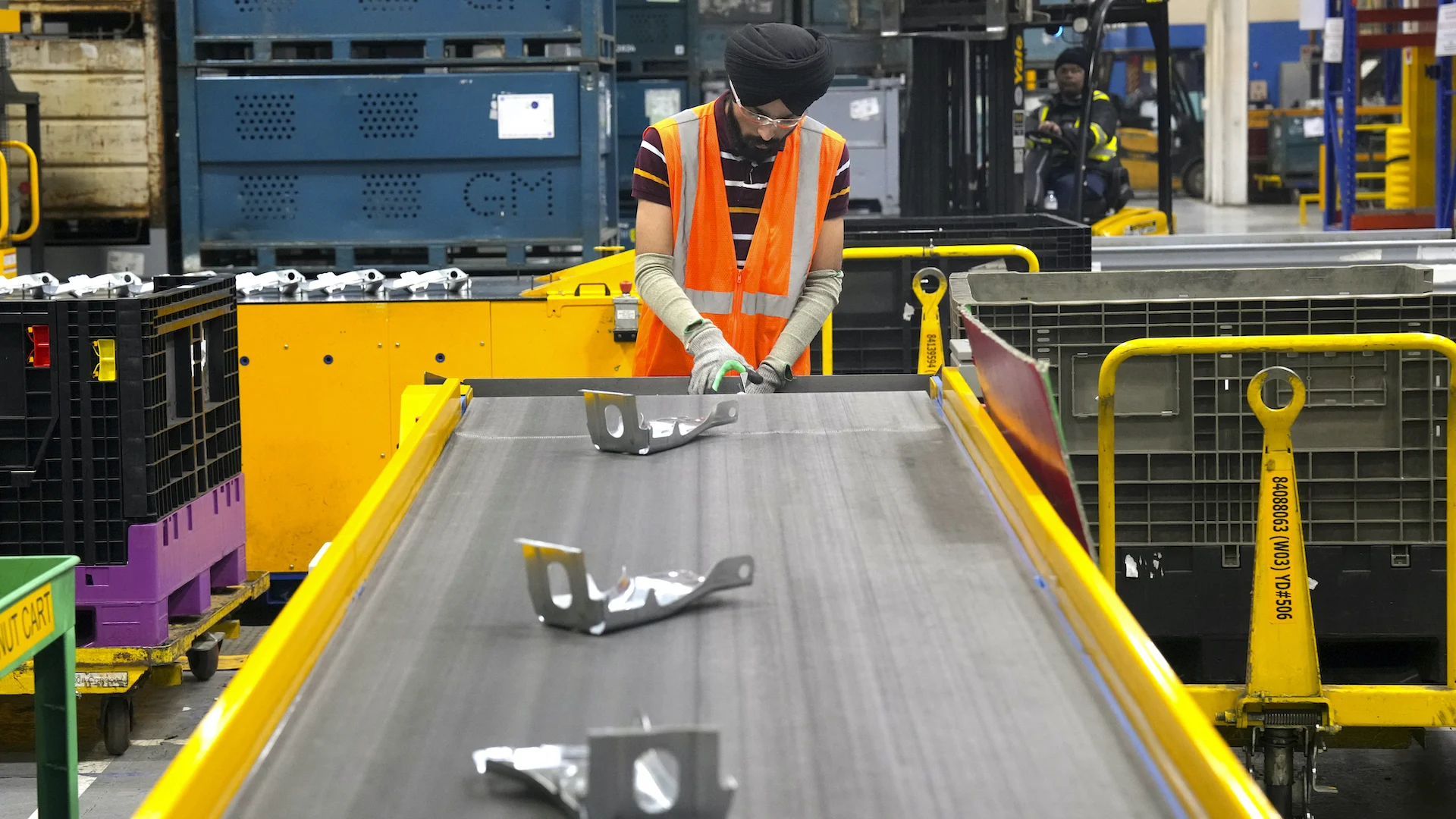A breath of fresh air for organ transplantation – Information Centre – Research & Innovation

© Organ Support
The EU-funded COPE project trialled revolutionary methods to make far more donated organs transplantable, highlighting the prospective of two of the proposed innovations. COPE also assembled a extensive biobank of substance that is facilitating further more exploration. It involved a substantial number of specialised European transplant centres as well as a number of industrial companions.
One of the important difficulties in transplantation is the scarcity of donor organs, suggests project coordinator Rutger Ploeg of the University of Oxfords Nuffield Department of Surgical Sciences in the United kingdom.
We have to take far more organs to avoid waiting around lists getting even extended, he explains. These new methods make it possible for us to assess donated livers and kidneys far more correctly and to accomplish greater results when we transplant them.
The two innovations include machine perfusion, the use of equipment that pump a liquid recognised as perfusate by means of donated organs prior to transplantation. For bigger-risk kidneys, for illustration from more mature donors, this technique was already recognised to give greater results than the chilly storage methods by which organs are transported in the iconic ice containers, Ploeg notes.
The benefits of keeping livers warm …
COPE explored the prospective for livers, with 1 vital change: whereas machine perfusion of kidneys requires chilly liquid, the product utilized in the projects liver demo operates at body temperature.
This approach significantly improved organ functionality right away soon after the procedure, suggests Ploeg. It also widens the standard 10-hour window for a potentially effective liver transplant, supplying surgeons far more time to assess organs and pick the most ideal recipients. Many a liver that might if not have been discarded does in fact start off to functionality in the machine, Ploeg adds.
… and kidneys oxygenated
Nonetheless, making use of warm perfusate adds complexity, and it could not often be needed. COPE also trialled an revolutionary technique making use of oxygenated chilly machine perfusion for kidneys. The results indicated that enriching the perfusate with oxygen boosts kidney functionality, lessens the risk of graft failure and halves the risk of rejection.
A third COPE demo assessed the added benefit of a temporary period of time of oxygenated machine perfusion adhering to the preliminary chilly storage of kidneys. The notion is to nevertheless use ice containers rather than the costlier perfusion devices for transport, but to recondition the organs upon arrival, Ploeg explains. The COPE demo was the to start with to appraise the mix of equally methods, whilst it indicated no advantage.
The projects results have already altered advisable observe in a number of international locations. Without the need of the involvement of companions in unique international locations, they might have remained out of reach, Ploeg emphasises: In the European context, collaboration in between transplant centres is vital. For us in the professional medical community, the EU is the excellent mechanism to make it possible for scientific exploration to transpire throughout borders and advantage clients.







